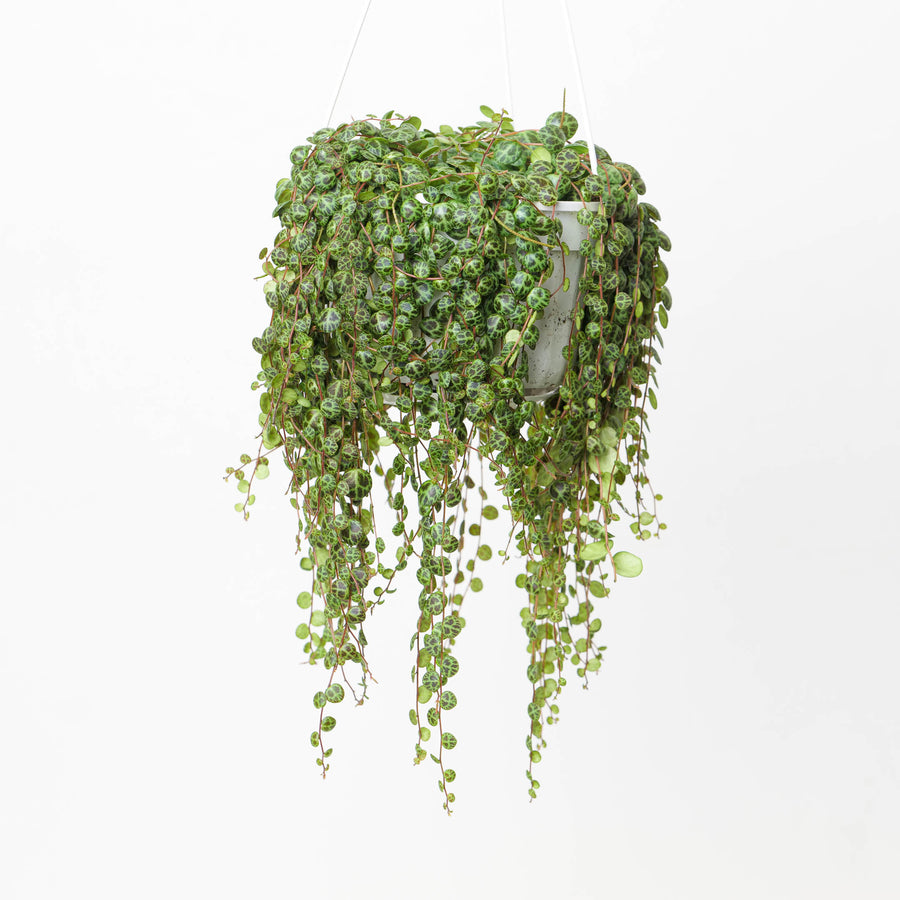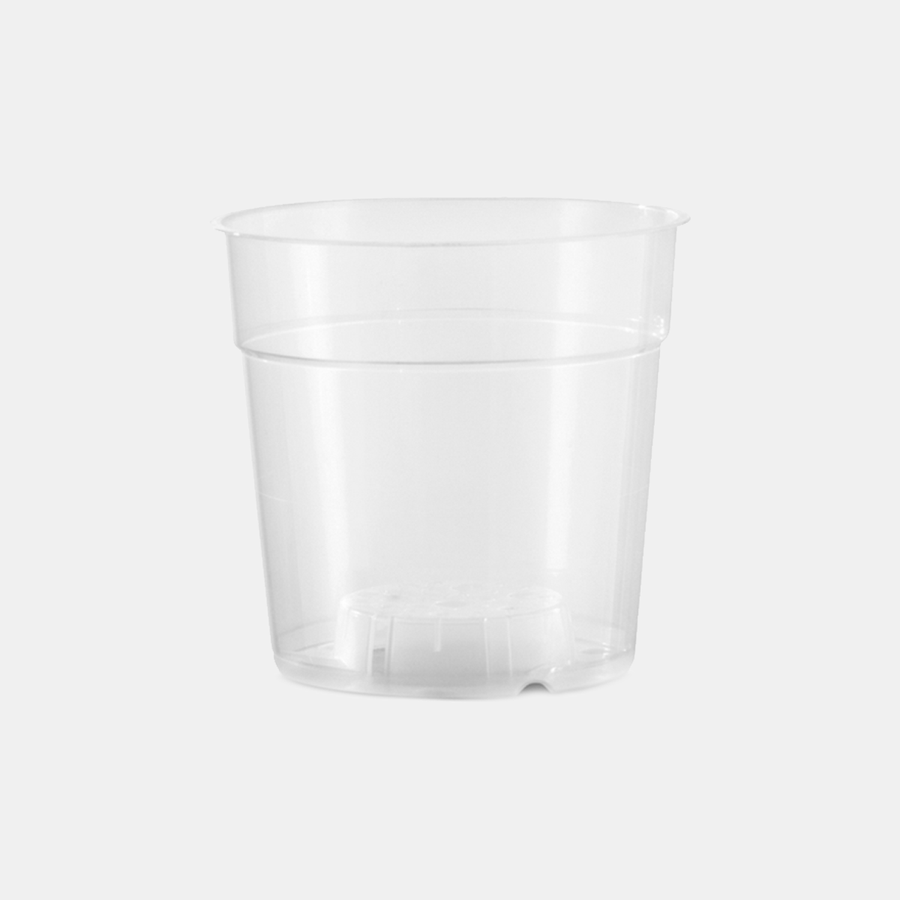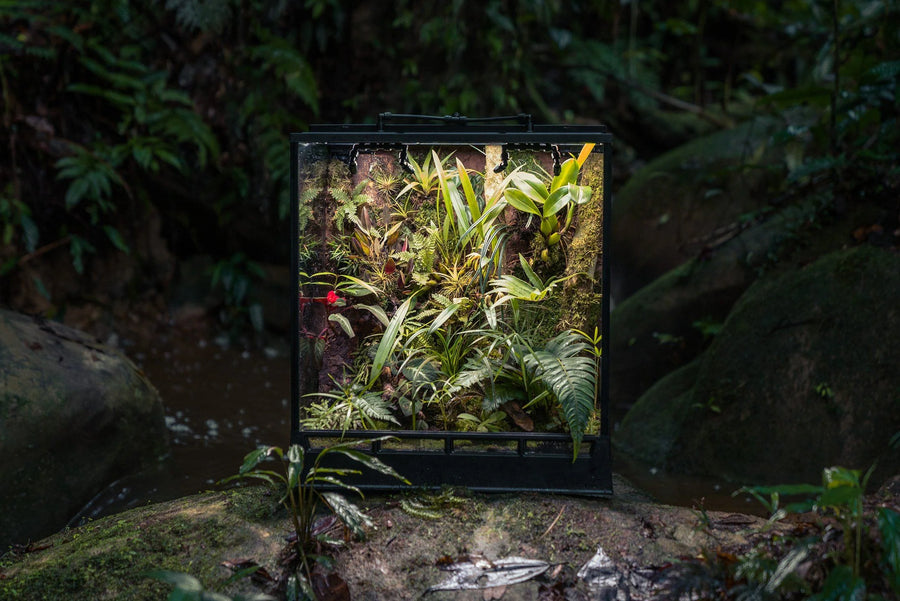Thrips on Your Indoor Plants? Here’s How to Manage Them
Thrips are tiny, elusive insects that can quickly turn a flourishing indoor plant collection into a source of stress. Whether you’re noticing damage on your prized monstera or spotting these minuscule pests on other houseplants, understanding and managing thrips is essential for maintaining healthy indoor houseplants.
In this comprehensive guide, we’ll explore everything from what thrips are and their life cycle, the important of early detection, how to identify their presence, the damage they cause, and practical strategies for treatment and prevention—all using natural, non-chemical methods where possible.

1. Introduction
Thrips may be small in size, but their impact on your indoor plants can be huge. Often referred to as “thunderbugs” due to their swift movements and the sudden damage they cause, thrips are a common problem for those who care for houseplants. Their presence not only mars the appearance of leaves and flowers, but also weakens your plants by causing extensive cellular damage. This guide is tailored for indoor plant enthusiasts who are looking for effective thrips treatment strategies and where possible avoiding resorting to harsh chemicals.
2. What Are Thrips?
Thrips belong to the order Thysanoptera and are among the tiniest of insects, typically measuring just 1–2 millimetres in length—yes, that’s what we mean by thrips' tiny size. Their slender bodies and fringed, delicate wings lend them an almost feathery appearance, making them both fascinating and formidable pests.
General Characteristics and Behaviour
-
Feeding Habits: Thrips feed by scraping the surfaces of leaves and flowers with their rasping mouthparts, then sucking out the plant juices. This action causes silvery, stippled damage that can eventually lead to significant tissue damage.
-
Movement: Their rapid, darting movements mean they can quickly relocate from one plant to another, earning them the nickname “thunderbugs” among some gardening circles.
-
Habitat Preferences: While thrips are commonly found on the upper surfaces of leaves, many species prefer the protected environment of indoor settings. If you’re wondering do thrips live in soil? generally, they favour above-ground plant parts, although some may occasionally be found at the soil level, especially in organic debris or if eggs have fallen to the soil level.
3. Life Cycle of Thrips
Understanding the life cycle of thrips is vital to effective management, as it helps pinpoint when and where to intervene.
The Stages of the Thrips Life Cycle
-
Egg: Thrips eggs are tiny and are usually laid within plant tissues. Because they are hidden from view, eggs can go unnoticed until hatching occurs.
-
Larval Instars: Once hatched, thrips enter the larval stage. These larvae, often wingless and delicate, begin feeding immediately. Their feeding activity is responsible for much of the early damage seen on leaves.
-
Pre-Pupa: After several instars, the larvae enter a transitional stage known as the pre-pupa. In this phase, they prepare for the more sheltered pupa stage.
-
Pupa: During the pupa stage, thrips are relatively inactive as they undergo metamorphosis in a protected environment on the plant.
-
Adult: Emerging as fully formed adult insects, adult thrips resume feeding and reproduction. Under the warm, controlled conditions often found indoors, the entire life cycle can be very rapid, sometimes taking just a couple of weeks.
Conditions Affecting Life Cycle Duration
Indoor conditions—especially temperature and humidity—play a significant role in how quickly thrips complete their life cycle. Warmer, drier conditions tend to accelerate development, leading to sudden outbreaks. This rapid reproduction is why early detection and intervention are crucial.
4. Identifying Thrips
Early identification is key to managing thrips infestations before they spiral out of control.
Physical Characteristics
-
Adults: Adult thrips are exceptionally small (1–2 mm) with slender, elongated bodies and fringed wings. Their colouring can range from pale yellow to dark brown, depending on the species.
-
Larvae: The larval stage is less conspicuous. Thrips larvae are typically legless, somewhat transparent or pale in colour, and can easily be mistaken for tiny mites.
Common Areas to Look For Thrips
-
On Monstera and Other Houseplants: Check the undersides of leaves and the growing tips, where new foliage is particularly vulnerable.
-
In the Indoor Environment: While thrips mostly inhabit the foliage, they can sometimes be found near the base of the plant. Regular inspection is advised to catch any early signs of infestation.
Where Do Thrips Come From?
Thrips can enter your collection in several ways. They might hitch a ride on new plant purchases, arrive on a bouquet of cut flowers, enter through open windows, or even cling to clothing. Given their minute size, these pests can be introduced unnoticed, so always inspect new plants before integrating them with your existing collection.

5. Damage Caused by Thrips
Thrips can inflict a variety of damaging effects on your indoor plants, affecting both aesthetics and overall plant health.
Types of Damage
-
Silvering of Leaves: The rasping feeding action creates a characteristic silvery or stippled appearance on the leaves, which is often the first visible sign of thrips damage.
-
Distortion and Scarring: Continuous feeding on new growth can lead to distorted or curled leaves and even scars on the plant surface.
-
Reduced Vitality: As thrips deplete the plant of essential juices, the overall vitality and growth of the plant are compromised. This weakened state can make the plant more susceptible to secondary infections and diseases.
-
Virus Transmission: In some cases, thrips can act as vectors for plant viruses (for example, Tomato Spotted Wilt Virus), further compounding the damage and potentially leading to significant declines in plant health and yield.
6. Common Thrips Species Affecting Indoor Plants
While there are many species of thrips, a few are particularly troublesome in indoor environments:
-
Western Flower Thrips: Often found on a variety of ornamental plants, these thrips are known for their rapid reproduction and the severe silvering they cause.
-
Onion Thrips: Though more commonly associated with vegetables, onion thrips can sometimes be found on houseplants and cause similar damage.
Knowing which species you are dealing with can sometimes help in tailoring your thrips treatment. However, the general management techniques remain largely similar across different species.

7. Symptoms of Thrips Infestation
Recognising the early signs of a thrips infestation can save you from a full-blown outbreak. Here are some of the symptoms to look out for:
-
Leaf Discolouration: Look for patches of silver or stippling, particularly on the upper and lower surfaces of the leaves.
-
Distorted New Growth: Young leaves may appear curled, misshapen, or stunted due to feeding damage.
-
Scarring and Browning: As the damage worsens, feeding sites may become brown or scarred.
-
Visible Insects: With the aid of a magnifying glass, you may spot the tiny, slender bodies of adult thrips moving across the leaves.
These symptoms can vary slightly based on the type of plant affected, but if you observe any of these signs on your monstera or other houseplants, it’s time to act.
8. Prevention and Management of Thrips
Preventing and managing thrips involves a blend of cultural practices, biological controls, and, if necessary, selective pesticide use. Here’s how you can tackle these pests effectively indoors.
8A. Cultural Practices
Good growing practices can help create an environment that is less conducive to thrips infestations:
-
Regular Monitoring: Make it a habit to inspect your plants frequently, focusing on new growth and the undersides of leaves.
-
Adjust Humidity: Thrips thrive in dry conditions, so maintaining a moderate level of indoor humidity may deter their development.
-
Cleanliness: Regularly remove fallen leaves, dead plant material, and any debris that could provide a habitat for thrips.
8B. Monitoring Techniques
Using bsticky traps is an excellent way to monitor for thrips. Place blue or yellow sticky traps near your plants to catch adult thrips as they fly. This not only helps in early detection but also reduces the overall population by physically trapping the insects.
8C. Biological Control Methods
Enhancing your indoor ecosystem with natural predators can be highly effective:
-
Predatory Mites and Bugs: These tiny predators feed on thrips and can significantly reduce their numbers. Introducing minute pirate bugs or predatory mites into your indoor garden can be a natural, chemical-free method of control.
-
Beneficial Nematodes and Fungi: Some biological agents can be applied to the growing medium to target any thrips that may be close to the soil level.
8D. Pesticide Use and Recommendations
For severe infestations, targeted pesticide use may become necessary. When opting for chemical interventions, consider the following:
-
Indoor-Safe Products: Choose pesticides that are specifically labelled for indoor use to avoid harming your environment.
-
Insecticidal Soap or Horticultural Oil: These are generally safer for indoor use and are effective at controlling thrips when applied correctly.
-
Follow Guidelines: Always adhere to the manufacturer's instructions and safety guidelines to protect both your plants and yourself.
If you’ve been wondering how to get rid of thrips inside the house, these integrated methods offer a balanced approach that minimises chemical use while maximising natural control.

9. Frequently Asked Questions About Thrips
Q: What are thrips?
A: Thrips are minute insects belonging to the order Thysanoptera, known for their slender bodies, fringed wings, and destructive feeding habits on indoor plants.
Q: How big are thrips?
A: Adult thrips typically measure between 1–2 millimetres in length, making them quite challenging to spot without a magnifying glass.
Q: Where do thrips come from?
A: Thrips can enter your home through new plant purchases, open windows, or even on clothing. Their small size makes them excellent hitchhikers.
Q: Do thrips live in soil?
A: Generally, thrips prefer to inhabit the above-ground parts of plants, especially new growth. However, some species can occasionally be found near the soil if there is decaying organic matter present.
Q: How can I tell if my monstera or other houseplants have thrips?
A: Look for silvered or stippled leaves, distorted new growth, and, with careful inspection, the tiny insects themselves. Sticky traps can also help in detecting their presence.
Q: What damage do thrips cause?
A: Thrips damage includes silvering or stippling of leaves, distortion and scarring of new growth, reduced plant vitality, and, in some cases, the transmission of plant viruses.
Q: What are effective thrips treatment options?
A: Effective management combines cultural practices, regular monitoring with sticky traps, biological controls like predatory mites, and, if needed, indoor-safe insecticidal soaps or oils.
Q: How do I get rid of thrips inside the house?
A: Start by isolating and inspecting affected plants, use a strong water jet or soapy water spray, and consider introducing biological controls. Consistent monitoring and integrated pest management are key.
10. Conclusion
Thrips may be tiny, but their capacity to damage your indoor plants is significant. By understanding what thrips are, familiarising yourself with their rapid life cycle, and recognising the signs of infestation early, you can implement effective, natural management strategies. From regular inspections and cultural practices to biological control methods and, when necessary, carefully selected pesticides, integrated pest management offers the best chance to keep your indoor garden thriving.
By following the advice outlined in this guide, you can successfully tackle thrips on your monstera and other houseplants, ensuring they remain healthy, vibrant, and pest-free. With patience and persistence, you’ll be well-equipped to enjoy a flourishing indoor green space free from the damage and stress caused by these pesky thunderbugs.
Happy planting, and here’s to a thriving, pest-free home!






